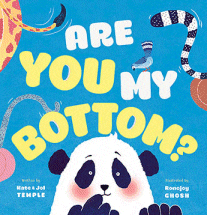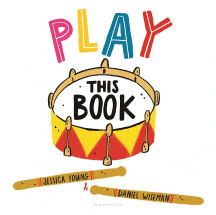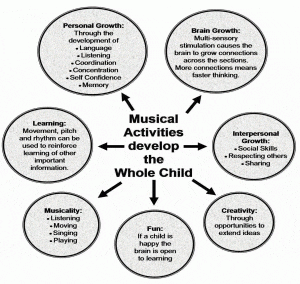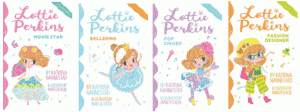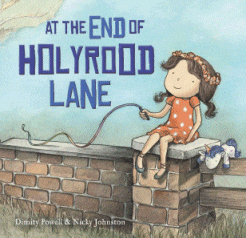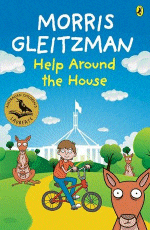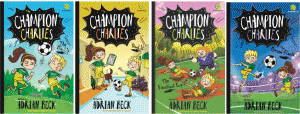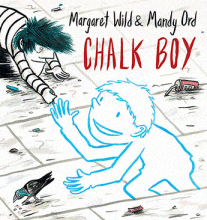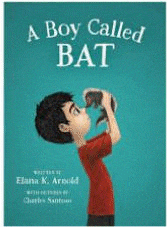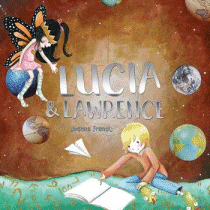
Lucia and Lawrence
Lucia and Lawrence
Joanna Francis
New Frontier, 2018
32pp., hbk., RRP $A24.99
9781925594157
Lucia and Lawrence live next door to each other, but two more diverse children would be hard to find. Lucia is creative and lives in a world of fantasy with “dreams that reach as high as the sky and as deep as the sea.” She loves playing outdoors, cloud-dreaming and letting her imagination soar. Lawrence, on the other hand, has “a head full of numbers that are predictable and safe.” He prefers to stay indoors, using his imagination in a different way. Lucia is outgoing, loud and confident; Lawrence is quiet, shy and prefers his own company. She is a risk-taker, he prefers the logic and order of his calculations. Hers is a world of colour ; his more monochromatic.
Connecting through messages on paper aeroplanes and tin cans joined with string, they build up a friendship, respecting each others’ differences. But when Lucia asks Lawrence to her birthday party, he declines and watches through his window as Lucia and her friends gallivant around her backyard in fancy dress and having a magical time. And that gives him an idea, one that will combine his world of numbers and physics and her world of imagination and fantasy.
Children usually make friends easily, prepared to play with whoever is at hand ignoring all but the game in motion. But every now and then they meet someone who is not quite like them, the yin to their yang, and yet still there is a connection that suggests this will be a deep and lasting relationship. But sometimes, even that connection is at the risk of fracturing as Lucia and Lawrence’s is when he refuses his party invitation and it can be tricky to build a bridge. But if and when that bridge can be built it can lead to something that is better than before.
Stunningly illustrated with images and colours that depict their characters’ personalities, this is a different story about a familiar theme that opens up much to explore about Lucia’s imaginary world and Lawrence’s more practical one. Readers might identify with one child more than the other and this in itself lends itself to discussions and responses that will show a personal connection to the story. Everyone will know either a Lucia or a Lawrence and be able to reflect on their similarities and differences as they learn the art of compromise, the glue that holds relationships together.
